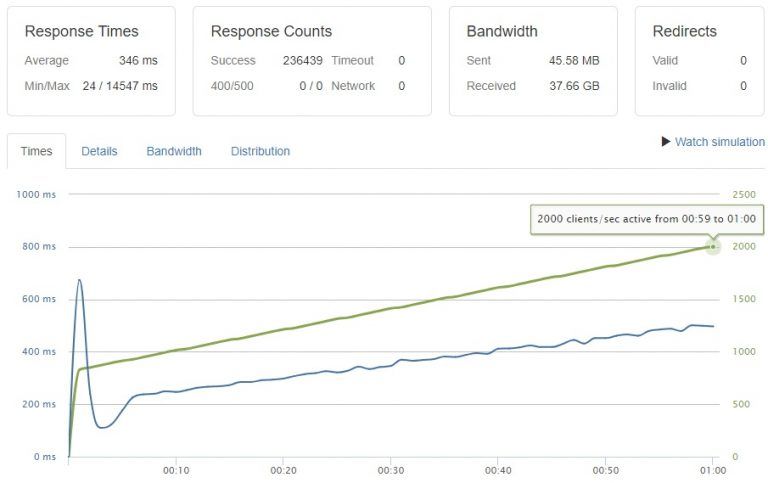
Windows 11 brings a host of new features and improvements, but it also comes with stringent hardware requirements, notably the need for TPM 2.0 (Trusted Platform Module) and Secure Boot. These security features are essential for enhanced protection, but they can prevent installation on older hardware. If you’re eager to experience Windows 11 on an unsupported device, this comprehensive guide will walk you through bypassing the TPM requirements using a registry hack.
Disclaimer
Bypassing Windows 11’s hardware requirements can lead to potential security risks and may result in an unsupported system. Proceed with caution and at your own risk. Always ensure you have backed up your data before making significant system changes.
Table of Contents
- Understanding TPM and Secure Boot
- Preparations Before You Begin
- Step-by-Step Guide to Bypass TPM Requirements
- Post-Installation Considerations
- Frequently Asked Questions
- Conclusion
Understanding TPM and Secure Boot
Trusted Platform Module (TPM) is a hardware component designed to secure hardware through integrated cryptographic keys. Secure Boot ensures that a device boots using only software trusted by the Original Equipment Manufacturer (OEM). While these features enhance security, they can be hurdles for users with older hardware lacking TPM 2.0 or Secure Boot capabilities.
Preparations Before You Begin
Before diving into the installation process, ensure you have the following:
- Backup Your Data: Always back up important files to an external drive or cloud storage.
- Windows 11 ISO File: Download the official Windows 11 ISO from Microsoft’s website.
- Bootable USB Drive: Use a tool like Rufus to create a bootable USB drive with the Windows 11 ISO.
- Stable Internet Connection: Required for downloading updates and drivers post-installation.
Step-by-Step Guide to Bypass TPM Requirements
Follow these detailed steps to bypass the TPM check during Windows 11 installation:
Step 1: Create a Bootable Windows 11 USB Drive
- Download Windows 11 ISO: Visit the Microsoft Windows 11 Download Page and download the ISO file.
- Download Rufus: Get Rufus from its official website to create a bootable USB drive.
- Create Bootable USB:
- Insert a USB drive (8GB minimum).
- Open Rufus and select the USB drive.
- Choose the Windows 11 ISO file.
- Click Start to create the bootable USB.
Step 2: Boot from the USB Drive
- Restart Your PC: Insert the bootable USB and restart your computer.
- Access Boot Menu: Press the required key (usually F12, F10, or ESC) during startup to access the boot menu.
- Select USB Drive: Choose the USB drive to boot from it.
Step 3: Begin Windows 11 Installation
- Language and Preferences: Select your language, time, and keyboard preferences. Click Next.
- Install Now: Click on the Install Now button.
Step 4: Bypass the TPM Check via Registry Hack
- Error Message: You may receive a message stating, “This PC can’t run Windows 11.”
- Open Command Prompt:
- Press Shift + F10 to open Command Prompt.
- Open Registry Editor:
- Type
regeditand press Enter.
- Type
- Navigate to Setup Key:
- In Registry Editor, go to
HKEY_LOCAL_MACHINE\SYSTEM\Setup.
- In Registry Editor, go to
- Create LabConfig Key:
- Right-click on Setup, select New > Key, and name it LabConfig.
- Create DWORD Values in LabConfig:
- Right-click on LabConfig, select New > DWORD (32-bit) Value, and create the following entries:
- BypassTPMCheck: Set the value to 1.
- BypassRAMCheck: Set the value to 1.
- BypassSecureBootCheck: Set the value to 1.
- Right-click on LabConfig, select New > DWORD (32-bit) Value, and create the following entries:
- Close Registry Editor: Exit the Registry Editor and Command Prompt.
- Continue Installation: Click on the Back button and proceed with the installation.
Step 5: Complete the Installation
- Accept License Terms: Read and accept the Microsoft Software License Terms.
- Custom Installation: Choose Custom: Install Windows only (advanced).
- Select Partition: Choose the partition where you want to install Windows 11.
- Follow On-Screen Instructions: Continue with the installation prompts until completion.
Post-Installation Considerations
- Windows Updates: Run Windows Update to get the latest patches and drivers.
- Driver Installation: Install any missing drivers from your hardware manufacturer’s website.
- Security Software: Consider installing reputable antivirus software since bypassing TPM may reduce security.
Frequently Asked Questions
Q1: Is it safe to bypass TPM requirements?
A: Bypassing TPM and Secure Boot can expose your system to security vulnerabilities. It’s essential to understand the risks and ensure you have adequate security measures in place.
Q2: Will I receive Windows Updates after bypassing TPM?
A: While you may receive updates, Microsoft does not guarantee updates for systems that do not meet the minimum requirements.
Q3: Can I revert the changes made during the registry hack?
A: Yes, but it requires editing the registry again. However, once Windows 11 is installed, the bypass is generally no longer needed.




